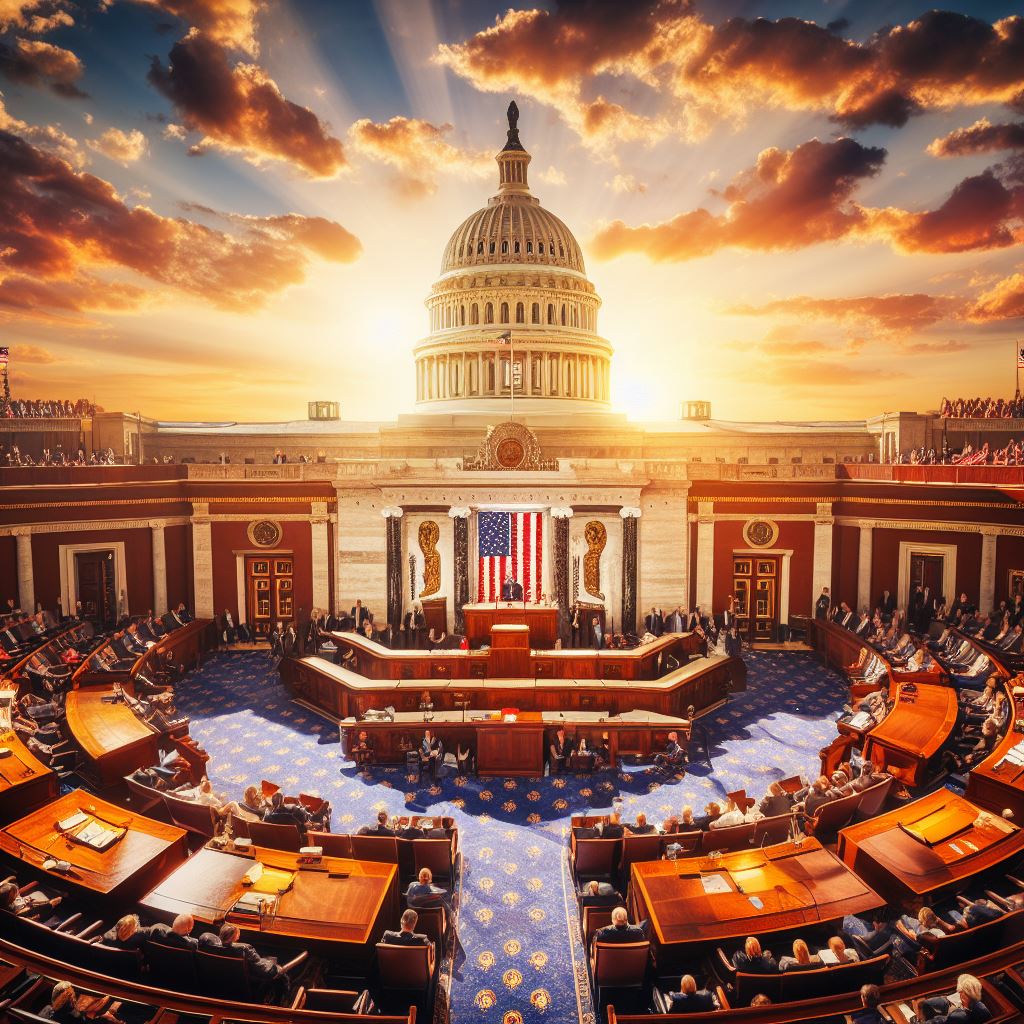Social media has fundamentally changed how members of Congress communicate and engage with constituents, impacting the landscape of political discourse and public engagement.
Here’s an overview of the impact of social media on congressional communication in the digital age:
Direct Engagement with Constituents:
- Immediate Communication:
- Platforms like Twitter, Facebook, and Instagram allow lawmakers to directly communicate with constituents in real-time, sharing updates, opinions, and information on legislative activities.
- Accessibility and Transparency:
- Social media platforms provide a direct channel for constituents to interact with their representatives, offering greater accessibility and transparency in the legislative process.
Amplifying Political Messaging:
- Broadcasting Political Positions:
- Members of Congress use social media to disseminate their political views, policy stances, and initiatives, reaching a wider audience beyond traditional media.
- Rapid Response to Current Events:
- Lawmakers utilize social media to respond swiftly to breaking news, public events, or policy developments, shaping public opinion and framing discussions.
Constituent Engagement and Feedback:
- Dialogue and Feedback Loops:
- Social media platforms facilitate two-way communication, allowing constituents to provide feedback, ask questions, and engage in discussions with their representatives.
- Virtual Town Halls and Q&A Sessions:
- Lawmakers conduct virtual town halls and Q&A sessions via social media, fostering direct engagement with constituents and addressing their concerns.
Challenges and Ethical Considerations:
- Polarization and Filter Bubbles:
- Social media can contribute to political polarization, as users may be exposed to information aligned with their beliefs, creating filter bubbles and echo chambers.
- Misinformation and Disinformation:
- The spread of false or misleading information on social media poses challenges, requiring lawmakers to navigate the dissemination of accurate information.
Leveraging Digital Tools for Advocacy:
- Mobilizing Support and Activism:
- Lawmakers use social media to mobilize grassroots movements, promote advocacy campaigns, and rally support for specific causes or legislation.
- Collaboration and Coalition Building:
- Social media enables lawmakers to collaborate across party lines, form coalitions, and engage in issue-based advocacy with colleagues and stakeholders.
Summary:
Social media has transformed congressional communication, offering a direct and immediate means for lawmakers to engage with constituents, amplify their messaging, and participate in broader political conversations.
While it enhances accessibility and transparency, challenges related to polarization, misinformation, and ethical considerations persist, necessitating a thoughtful approach to leverage these digital tools for effective and responsible communication.
